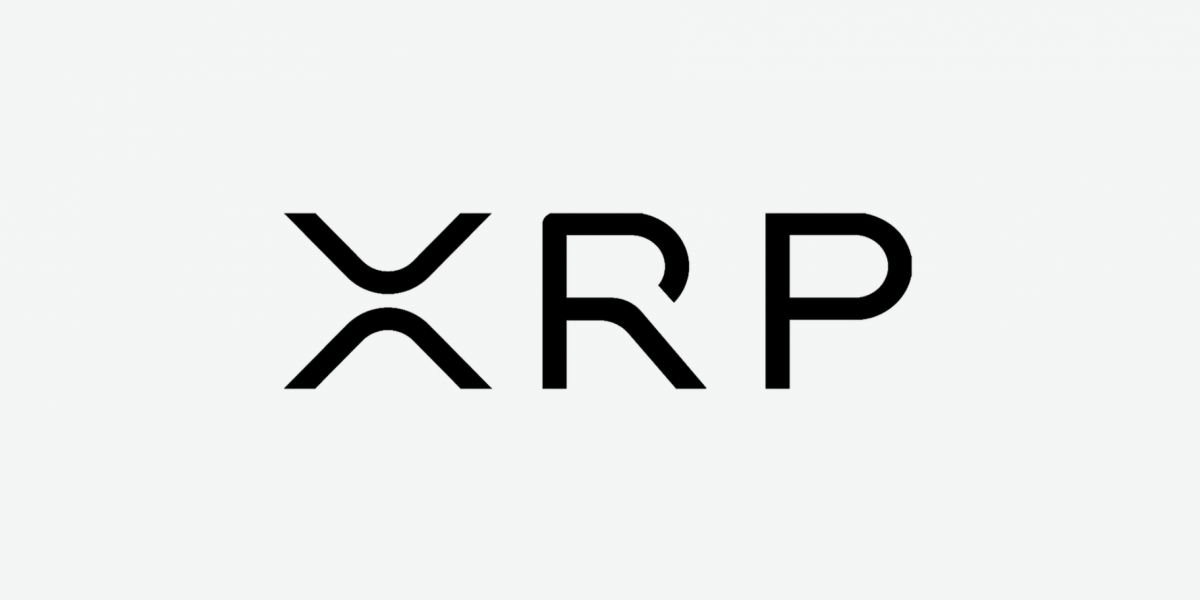Introduction
In the ever-evolving landscape of cryptocurrencies, XRP stands out as a unique player, offering solutions that extend beyond simple peer-to-peer transactions. This beginner’s guide aims to demystify XRP, exploring what it is, how it works, and the potential future applications that make it a noteworthy digital asset.
What is XRP?
XRP is the native digital currency of the Ripple network, a global payment protocol aiming to facilitate fast, secure, and low-cost cross-border transactions. Unlike some other cryptocurrencies, XRP doesn’t rely on mining but rather operates on a consensus algorithm, making it more energy-efficient.
How Does XRP Work?
- Consensus Protocol:
- XRP employs a consensus algorithm known as the XRP Ledger Consensus Protocol, ensuring that all nodes on the network agree on the validity of transactions.
- This consensus mechanism allows for faster transaction confirmations compared to the Proof of Work model used by Bitcoin.
- RippleNet:
- RippleNet is the network of financial institutions, banks, and payment service providers connected by Ripple. XRP serves as a bridge currency within RippleNet, enabling seamless and rapid cross-border transactions.
- Escrow System:
- To manage the supply and prevent market instability, a significant amount of XRP is held in escrow. This mechanism releases a predetermined amount of XRP into circulation periodically.
Use Cases of XRP
- Cross-Border Payments:
- The primary use case of XRP is facilitating cross-border payments. Traditional international transfers are often slow and expensive, with multiple intermediaries. XRP aims to streamline this process, providing a faster and more cost-effective alternative.
- On-Demand Liquidity (ODL):
- Ripple’s On-Demand Liquidity (formerly xRapid) leverages XRP to enable real-time, on-demand liquidity for cross-border transactions. This eliminates the need for pre-funded accounts in destination currencies, reducing capital requirements for financial institutions.
- Micropayments:
- XRP’s low transaction fees and fast confirmation times make it suitable for micropayments. This could open new possibilities for content creators, enabling them to receive small payments for their work without high fees.
The Future of XRP
- Financial Inclusion:
- Ripple aims to promote financial inclusion by connecting the unbanked and underbanked populations to the global economy. XRP’s fast and low-cost transactions could provide a solution for regions with limited access to traditional banking services.
- Smart Contracts and DeFi:
- Ripple is exploring the integration of smart contracts on its platform. This could expand XRP’s use cases beyond payments, potentially enabling decentralized finance (DeFi) applications on the Ripple network.
Further Reading
For those eager to delve deeper into the world of XRP, here are some recommended links:
Conclusion
XRP, with its focus on efficient cross-border payments and financial inclusion, represents a unique player in the cryptocurrency space. As Ripple continues to develop and expand its network, XRP’s potential applications could extend to various industries, offering solutions to the challenges of traditional financial systems. Whether you’re a novice or an experienced crypto enthusiast, understanding the basics of XRP can open the door to a world of possibilities in the evolving digital economy.

